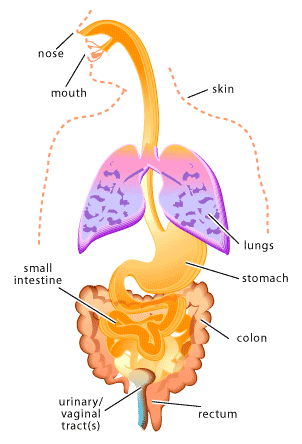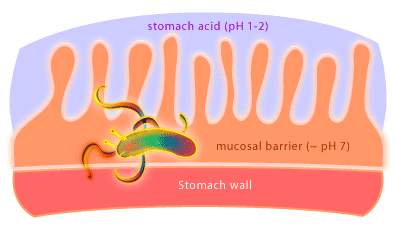Write4U
Valued Senior Member
I would surely like input from others.. It seems to me this is a ratehr obscure biological condition in all biological species including humans, which has been relatively obscure until recently acquired new knowledge and possible "communication" with our symbiont microbes (good bacteria) the micro-organisms that may assist the human defenses against external virulent (bad) bacteria.
mi·cro·bi·ome
/ˌmīkrōˈbīōm/
noun
plural noun: microbiomes
- the microorganisms in a particular environment (including the body or a part of the body).
"we depend on a vast army of microbes to stay alive: a microbiome that protects us against germs, breaks down food to release energy, and produces vitamins"
- the combined genetic material of the microorganisms in a particular environment.
"understanding the microbiome—human, animal, and environmental—is as important as the human genome"
-
Microbiome
-
https://learn.genetics.utah.edu/content/microbiome/changing/Some use “microbiome” to mean all the microbes in a community. We and others use it to mean the full collection of genes of all the microbes in a community. The human microbiome (all of our microbes’ genes) can be considered a counterpart to the human genome (all of our genes). The genes in our microbiome outnumber the genes in our genome by about 100 to 1.
Abstract
Humans are a unique reservoir of heterogeneous and vivacious group of microbes, which together forms the human-microbiome superorganism. Human gut serves as a home to over 100-1000 microbial species, which primarily modulate the host internal environment and thereby, play a major role in host health. This spectacular symbiotic relationship has attracted extensive research in this field. More specifically, these organisms play key roles in defense function, eupepsia along with catabolism and anabolism, and impact brain-gut responses. The emergence of microbiota with resistance and tolerance to existing conventional drugs and antibiotics has decreased the drug efficacies. Furthermore, the modern biotechnology mediated nano-encapsulated multiplex supplements appear to be high cost and inconvenient. Henceforth, a simple, low-cost, receptive and intrinsic approach to achieve health benefits is vital in the present era. Supplementation with probiotics, prebiotics, and synbiotics has shown promising results against various enteric pathogens due to their unique ability to compete with pathogenic microbiota for adhesion sites, to alienate pathogens or to stimulate, modulate and regulate the host's immune response by initiating the activation of specific genes in and outside the host intestinal tract. Probiotics have also been shown to regulate fat storage and stimulate intestinal angiogenesis. Hence, this study aims to underline the possible beneficial impact of probiotics for human health and medical sectors and for better lifestyle.
Last edited:








